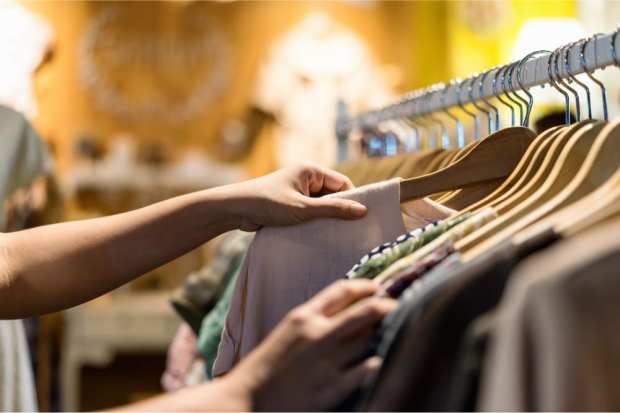First Mile: Inventory Takes Priority For Consumer Holiday Shopping

Retailing used to be about three things: location, location and location. But not two days into the 2020 shopping season it’s becoming quickly apparent that this year will be about two things: inventory and fulfillment. This week retailers are showing signs that they’re concerned about the first mile — product availability — as well as the last mile.
Developments from companies like Amazon, Bed Bath & Beyond, Costco, Nike and others show that having the right inventory and the ability to then deliver it are going hand in hand. Amazon, the company most obsessed with the last-mile part of the equation, is on track to open micro-warehouses and reach the 1 million employee mark this year. At Bed Bath & Beyond the issue has taken on both a short-term tactic and long-term strategy. Its new CFO told The Wall Street Journal that managing inventory and building out distribution channels is a top priority as it approaches the Q4 selling season and it’s also a strategy to align the company with the digital-first economy. Bed Bath & Beyond wants to close 63 stores by February 2021, stretching that number to 200 over the next two years.
The news outlet also reported that the home goods store is planning to reduce the range of items it offers in a certain product category and also centralize its order and replenishment system. “Bed Bath & Beyond was late in building out store-based fulfillment capabilities, such as buy online and in-store or curbside pickup, which means it hasn’t benefited as much as other retailers in terms of inventory and cost reductions,” said the WSJ.
Part of the “first mile to last mile” issue stems from the pandemic’s volatility. According to WWD, demand volatility and erratic consumer purchasing behaviors have made inventory an inexact science. The fashion trade publication says the value of excess inventory from spring 2020 fashion collections is estimated at $160 billion to $185 billion worldwide, more than doubling average levels.
The focus on fulfillment and shipping has never been in doubt. Holiday projections from Salesforce, for example, estimate that 700 packages may not be delivered on time this holiday season. The focus on inventory, however, has recently climbed to the top of the consumer leaderboard. According to new research from PYMNTS, approximately 84 million U.S. consumers representing some $1,025 billion in sales volume will shift some or all of their retail shopping to digital-first channels. The new research — part of the PYMNTS COVID-19 tracker that has followed consumer attitudes since March — shows that delivery (66 percent), curbside pickup (58 percent) and inventory availability (55 percent) top the list of the experiences that consumers say they value the most. Interestingly, when consumers were asked to rank in order the capabilities of greatest importance, inventory availability topped the list.
That’s the consumer side. Research on the retail side also shows “first mile-last mile” concerns. According to Digital Commerce 360, almost half (44 percent) of retailers surveyed cite inventory as a potential obstacle to their success this holiday season. Thirty-six percent say navigating supply chains as a challenge while 14 percent are refining inventories for the holiday season.
“The retail industry’s paradigm is shifting, and retailers need to focus their strategies and operations on the road ahead — that includes leveraging new innovations, understanding customer expectations, and managing a backlog of inventory,” said Chain Store Age. “Now is the time for retailers to ask themselves whether they are prepared to manage their distressed inventory when stores reopen. Seasons are changing, trends are evolving, and customer preferences aren’t what they were three months ago. As stores reopen, brands still have a responsibility to get their inventory out on the floor and into the hands of shoppers.”
